THE CREATIVE PROCESS AND THE TRAINING OF PATIENCE
One of the objectives of the “Plastic Education” area is for students to experience and internalize the creative process, eventually being able to extend it to any other area of knowledge. Everyone enjoys the materialization phase and launches into drawing, painting, cutting or modelling, but it is the job of the teacher to show them the importance of planning in advance what they want to represent, train them to work carefully and calmly and open their minds with artistic manifestations that can inspire you.
With these objectives in mind, at the beginning of each project I propose some analysis activities that serve to present it and in which the students not only have to identify the concepts that they will apply later, but also analyze how they have been used by artists to internalize them. while they learn to observe. In this sense, for example, they first saw the importance of facial elements by analyzing photographs of real people and then comparing them with the immutability of Frida Kahlo’s portraits (“she is serious”, “she doesn’t feel anything”). In the same way, secondly, they analyzed geometric shapes in everyday devices in their environment, to later see how some artists made use of them in their representations.
Following the observation and analysis phase, we usually begin the design phase, which in the first contacts is difficult for them and is tedious due to the desire to get down to work, but once they have assimilated they usually demand (“didn’t we draw it before? ?”, “Can you give us a piece of paper to think about what we do?”). When they take time to design and plan their work, questions, modifications or considerations often arise that are difficult to solve during materialization; they allow themselves to shuffle different ideas and begin to understand that creation is a process. In 5th grade, to take another example, in an activity on the Arab mosaic they had two sessions to work on the design, giving them three spaces to be able to make changes to their initial idea. They have to learn to reflect before working and not to throw away ideas and look for others quickly, but to give the ones they already have a chance, trying to see how to improve or vary them.
It is in the creation or execution that they begin to really understand the importance of the previous phase. Those who did not consider certain aspects begin to see problems and difficulties (“I did not use all the shapes, now how do I fix it?”, “this is very dull, can I repeat the design?”, “where do I put this now?”). and they comment with their classmates that they did take them into account. It is also the moment in which the idea evolves and creative improvements arise: “I did not include this in the design, but can I add it?”, “I liked how I was going to do it, but now I see that if I change the colors it could be better”. Thus, learning is not limited to concepts and technical skills, but to continue to become aware of the process and to understand that no matter how good an initial idea was, it can be modified and improved.
Also in this phase they face the frustration of not being able to finish quickly because all plastic activity requires time and effort. Having to wait because we need something to dry, not seeing the end result right away, and having to work carefully and for some time with the techniques to make the cut more precise, the coloring more uniform, etc., is in contrast to the immediacy in which they live immersed and trains them in effort, patience and care.
Jessica Sierra Rodriguez
Plastic Teacher in Primary
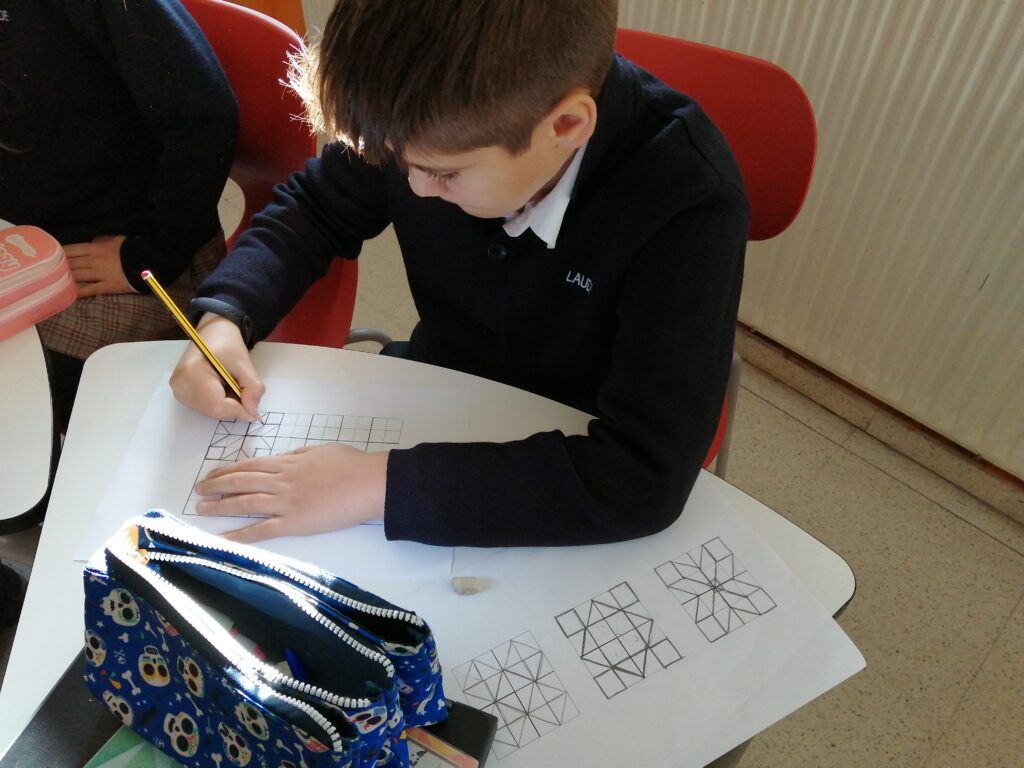
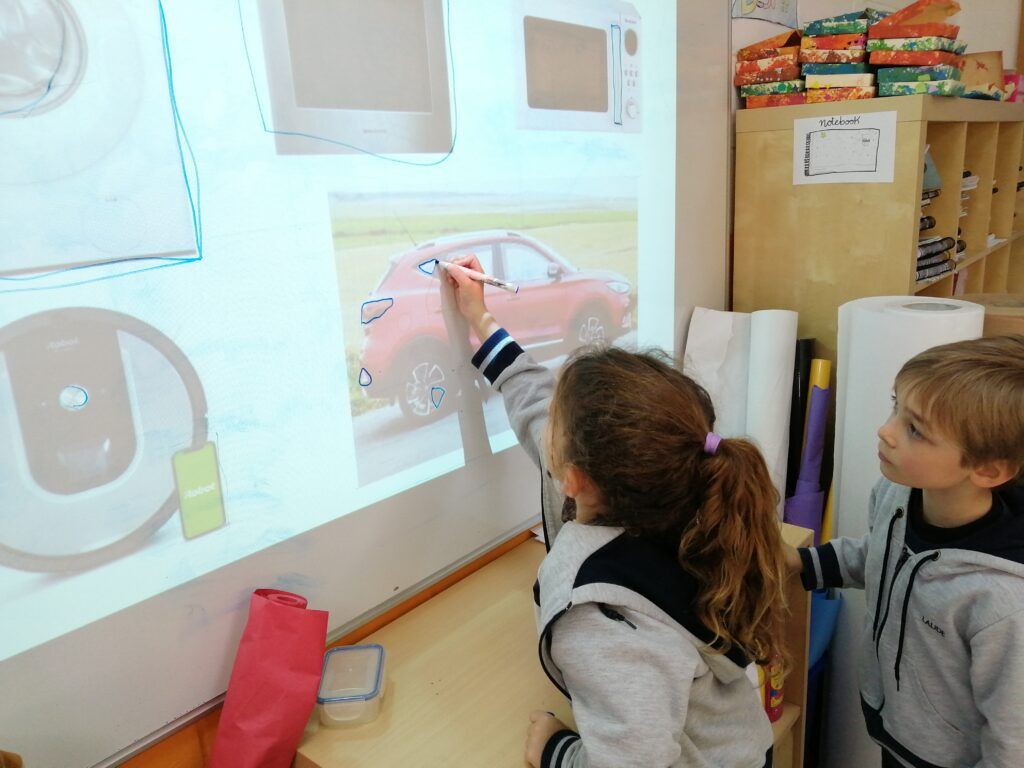


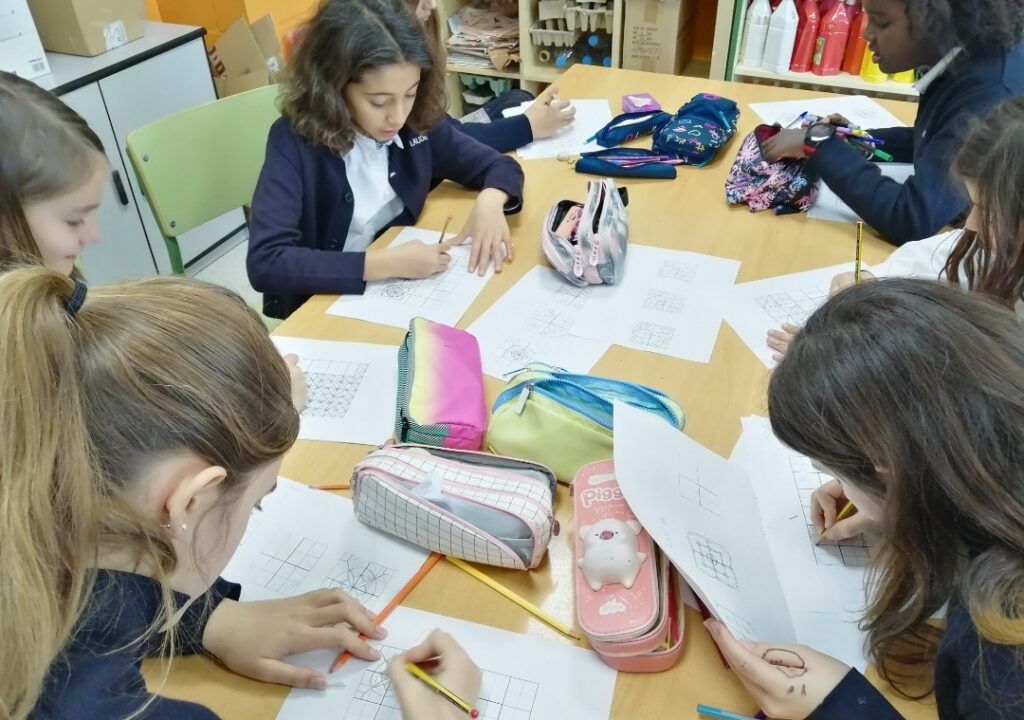
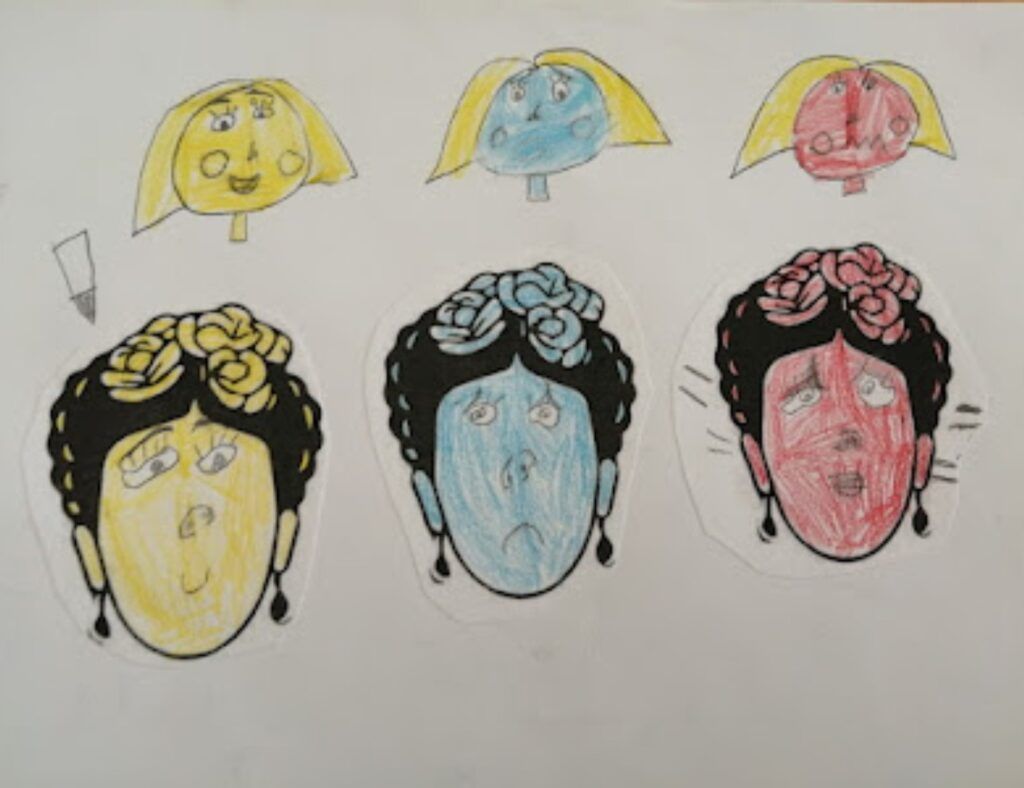

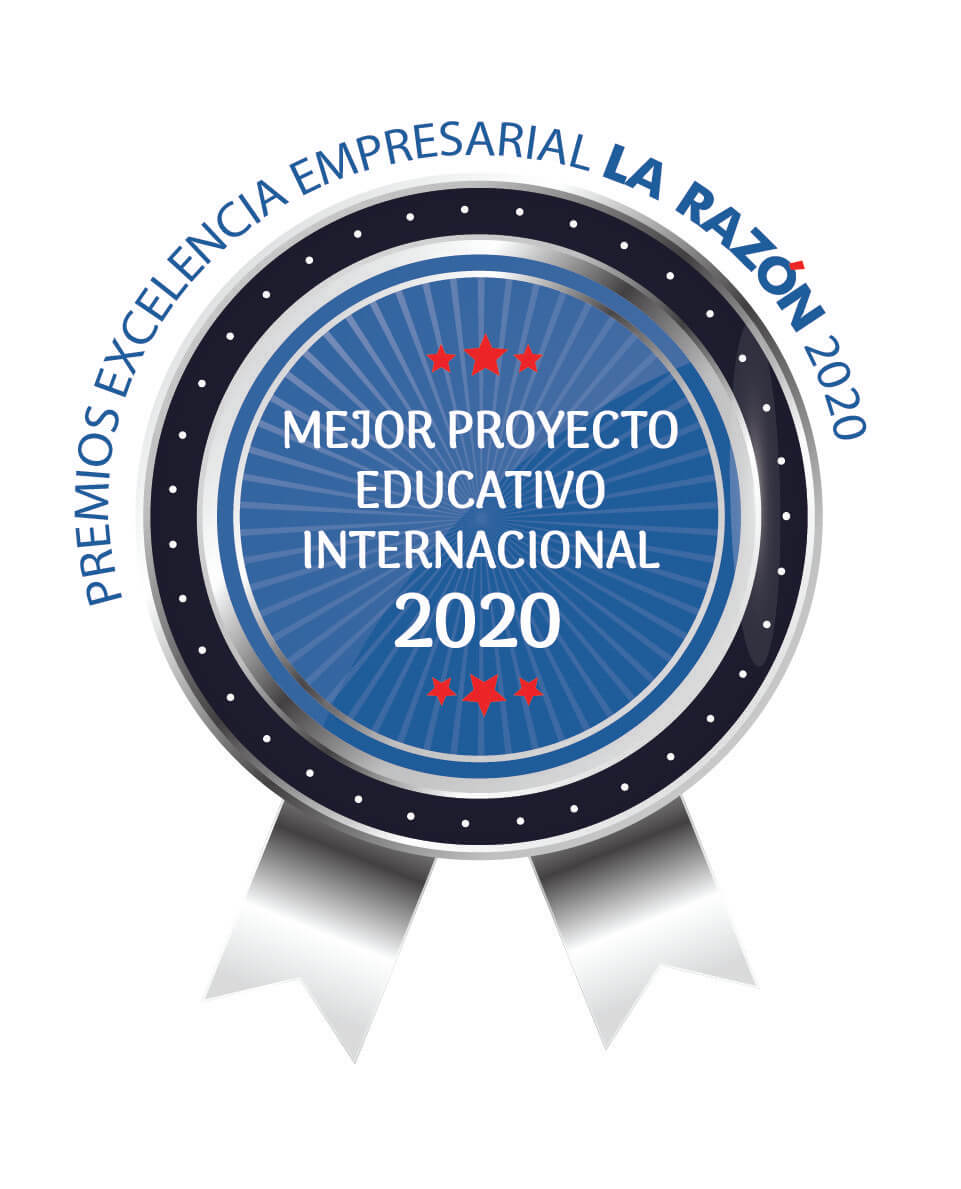







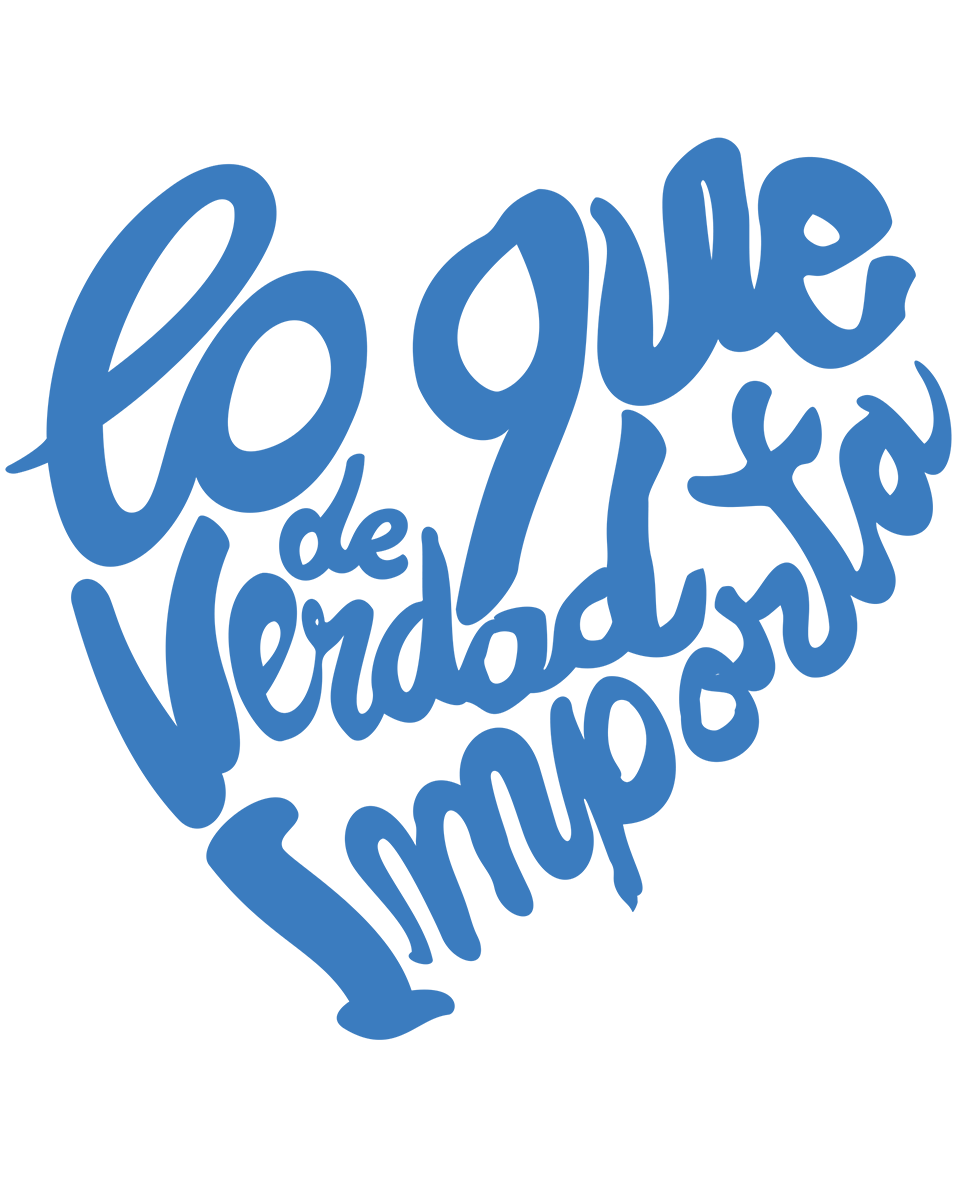
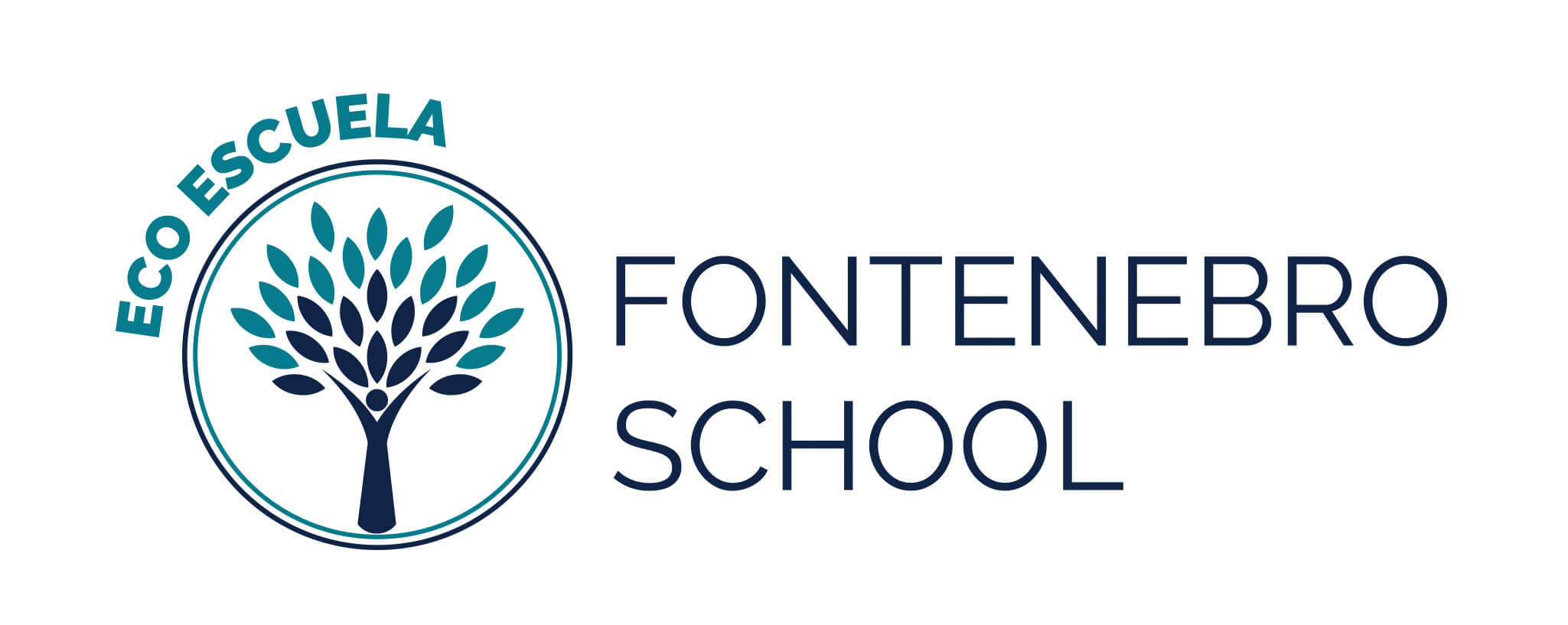
![BAPParentLogo[5]](https://fontenebroschool.com/wp-content/uploads/2020/09/BAPParentLogo5.png)


